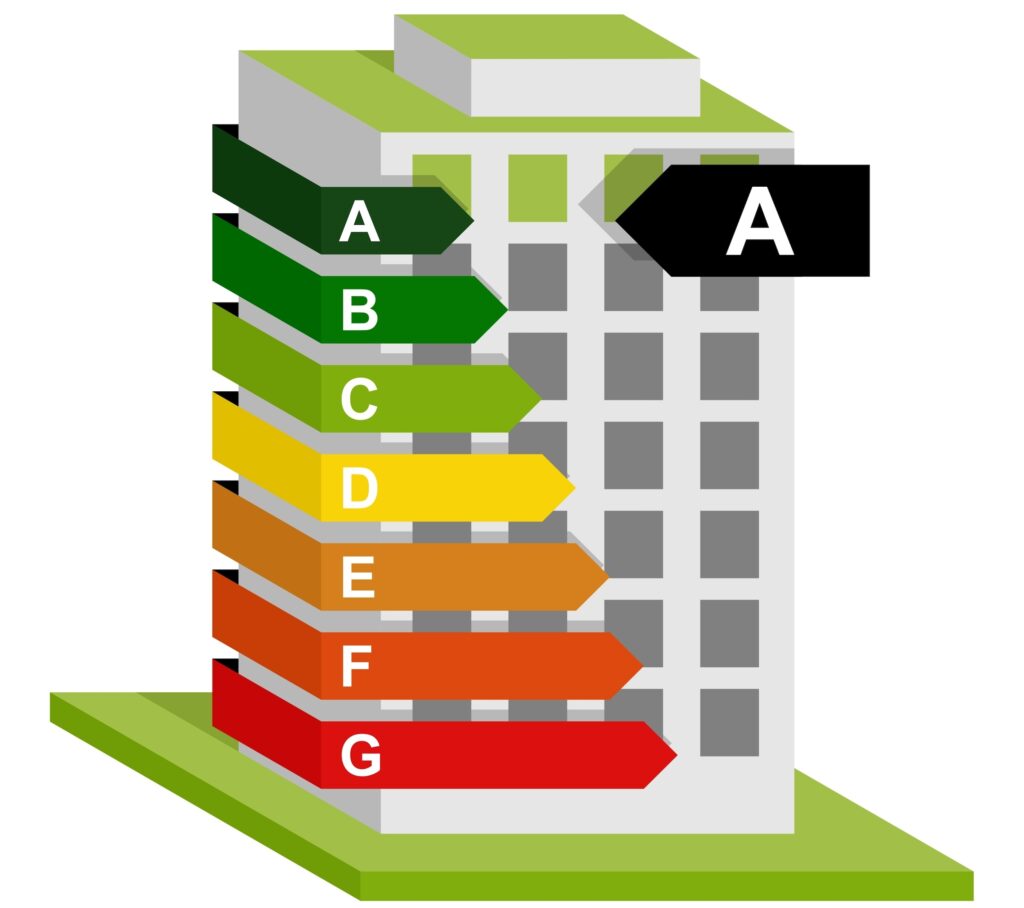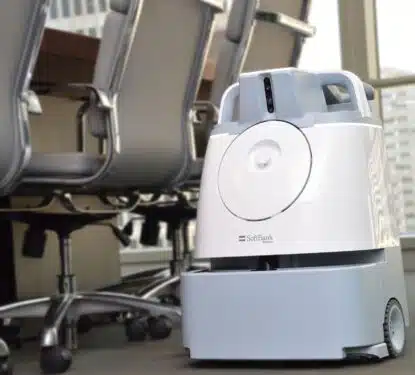Progressive regulators around the world are finally beginning to address the problem of inefficient existing building stock that makes up the vast majority of global real estate and consequently, the majority of buildings’ impact on the environment. However, solving the problem of existing inefficient buildings is not as simple as just applying new regulations, significant economic and technical barriers must also be broken down. But there is light at the end of the retrofit tunnel.
In the UK, all commercial buildings will need to comply with the Minimum Energy Efficiency Standards (MEES) legislation by 2030. That equates to upgrading nearly 15 million square feet of office space every year until 2030, for perspective, the new build supply in 2022 was recorded at 3.75 million square feet, according to JLL.
Even in the modern “global city” of London, the new law will require upgrades for over 80% of commercial building stock that will have to comply or face penalties, but there is more to energy upgrades than just compliance.
“It’s not just about the challenge of complying with MEES – it’s about bringing existing building stock into line with all of the latest sustainability, health, wellness, and performance standards. It’s about giving landlords access to never-seen-before levels of data and insight with which to manage their properties,” Mike Hook, Executive Director at LMG, told Memoori. “When you combine all of this it means that there are huge operational cost savings to be made, while also delivering a superior service to tenants and benefiting all stakeholders and the planet.”
The truth is that the benefits of being smarter are not the issue, every stakeholder already wants their building to be smart, but a variety of economic, technical, and procedural issues stand in their way. Chief amongst these issues is that the requirements for successful smart tech deployments are introduced far too late in the industry-standard RIBA 8-stage plan of work and then only considered in isolation rather than as an intrinsic part of the building’s technology ecosystem.
In order to successfully optimize smart infrastructure in a retrofit project, buildings must begin to introduce the specific requirements of the technology alongside the needs of the various stakeholders. That means planning for inevitable upgrades in the easiest stages of the design process, and for UK buildings facing 2030 MEES standards that means before stage three of the RIBA plan of work. Failure to align these aspects early will ultimately lead to a disconnect between the landlord, the consultant, the contractor and the provider of the smart technology services that inhibits retrofit abilities.
Once the opportunity to introduce smart buildings technology requirements early in the design process are missed, numerous integration issues become inevitable as systems develop in isolation from one another. And once integration challenges arise late in the process it is often prohibitively expensive to develop alternative solutions, which results in smart retrofits being dropped, delayed, or significantly scaled back.
Overcoming these barriers is not just about adopting new technologies, it’s more about rethinking and reshaping traditional processes and mindsets.

Light Touch Retrofitting of Smart Buildings
“The obvious question is, what should a ‘good’ retrofit actually look like? What should a properly implemented process be able to achieve?” Hook posed to Memoori. “When it comes to retrofit projects, I would argue, the goals are clear: the technology should be quick and easy to deploy and deliver guaranteed outcomes at a predictable and affordable cost. These are the crucial factors that will ultimately de-risk the entire smart fit-out and enable the migration to cost-effective smart buildings for all. The good news is that there is, in theory, several ways that these goals can be achieved.”
According to Hook and his experienced team at LMG, building owners and designers should look to create an open, generic MQTT based smart buildings backbone throughout the building or deploy a proprietary, ‘end-to-end’ engineered, vertically integrated smart system architecture. Both approaches can deliver the smart capabilities that building owners and landlords require to comply with standards like MEES, while also providing the data insights needed to run their buildings more effectively.
Whilst both these strategies are potentially effective, each comes with significant challenges. The MQTT backbone route could be considered overly ambitious as it is not particularly easy to design and deploy and can become unnecessarily complex. Vertically integrated smart platforms, on the other hand, overcome the complexities associated with generic MQTT backbones by using gateways to interface with third-party building subsystems. However, other challenges emerge, such as a high price tag and potential vendor lock-ins.
Hook believes that retrofitting with a light touch is the best solution to keep costs down and enable rapid deployment. By prioritizing flexibility and adaptability in a phased approach, buildings can achieve specific desired outcomes fast, with the savings made in the initial phase, funding the subsequent phases. The retrofit light method might utilize a low-cost and wireless IoT multi-sensor network, for example, which combines hardware and software to almost immediately deliver actionable data and analytics.
Retrofit light must be open by design and only requires a simple software overlay or ‘wrap’ to augment the landlord’s existing BMS, without the need to overhaul the entire existing BMS infrastructure.
Once implemented, this approach allows landlords to tap into a whole smart buildings ecosystem of pre-certified solutions and technologies, rather than relying on one vertically integrated vendor. That means that solutions can be tailored to each retrofit project at a fraction of the cost of the alternative approaches, creating a “best of breed model, rather than a Jack of all trades,” according to Hook.
“As we know, when it comes to the need to retrofit, for a huge amount of the existing building stock, time is of the essence. While there are other approaches to achieving smart buildings outcomes in retrofit scenarios – none of them prioritize swift, effective deployment, efficiency and ‘predictable flexibility’ in the way that retrofit light does,” Hook told Memoori. “Retrofit light underwrites risk by guaranteeing desired outcomes at a predictable and affordable price. When combined with early engagement with all the key stakeholders, this approach delivers solutions that satisfies what both landlords and tenants are looking for.”



